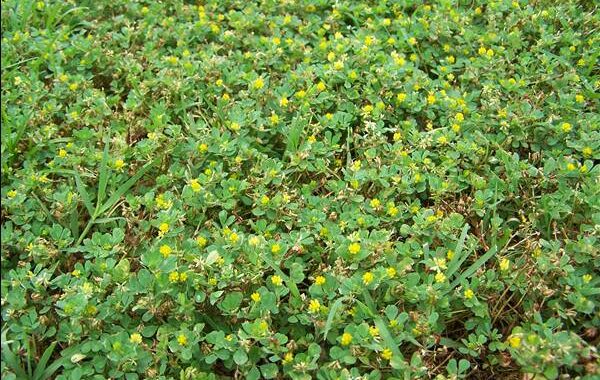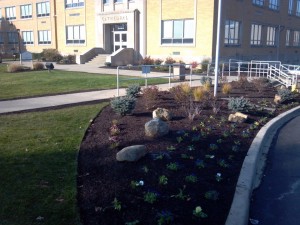
Removing Annuals and Perennials
The way in which you control the weeds in your garden depends partly on whether they are annual plants that grow, make seed, and die in one year, or perennial types, which survive winter via tough root systems. Some annuals flower almost continuously for most of the year and produce vast amounts of seed, so try to clear them at the start of the growing season before they bloom. After weeding, apply a mulch and dig over the soil as little as possible so that you don’t uncover more weed seeds.
Perennial weeds, like dandelions and couch grass, also flower and seed, but it is their tough roots that make them difficult to eradicate. Any root fragments that you miss when digging them up will regrow into new plants, so try to remove every piece.
1. Many perennial weeds have drought-resistant taproots that survive extreme conditions.
2. Annuals have fibrous roots that can be pulled up easily.
Methods of Control
Most annual weeds are easy to dig up or pull out by hand. On large areas, use a hoe to sever the stems from the roots just below soil level, taking care not to cut off your plants too. Hoe on a dry day, and leave the weeds to die on the soil surface. Some weeds, such as buttercups, spread by long stems, called runners, that root when they touch the soil. Ease out the root systems of young plants with a hand fork.
Contact weedkillers are useful for controlling annual weeds in paths and gravel, and on bare soil before planting. Always follow the manufacturers’ instructions. Use a systemic, glyphosate-based weedkiller for perennial weeds because this kills the roots, preventing plants from regrowing.
1. Set aside one watering can to apply weedkiller, and keep it well away from those you use for watering.
2. A hand fork is useful for digging up the roots of weeds because it loosens the soil, making them easier to extract.
3. Move your hoe back and forth along the soil surface so the blade slices through the lower stems.


